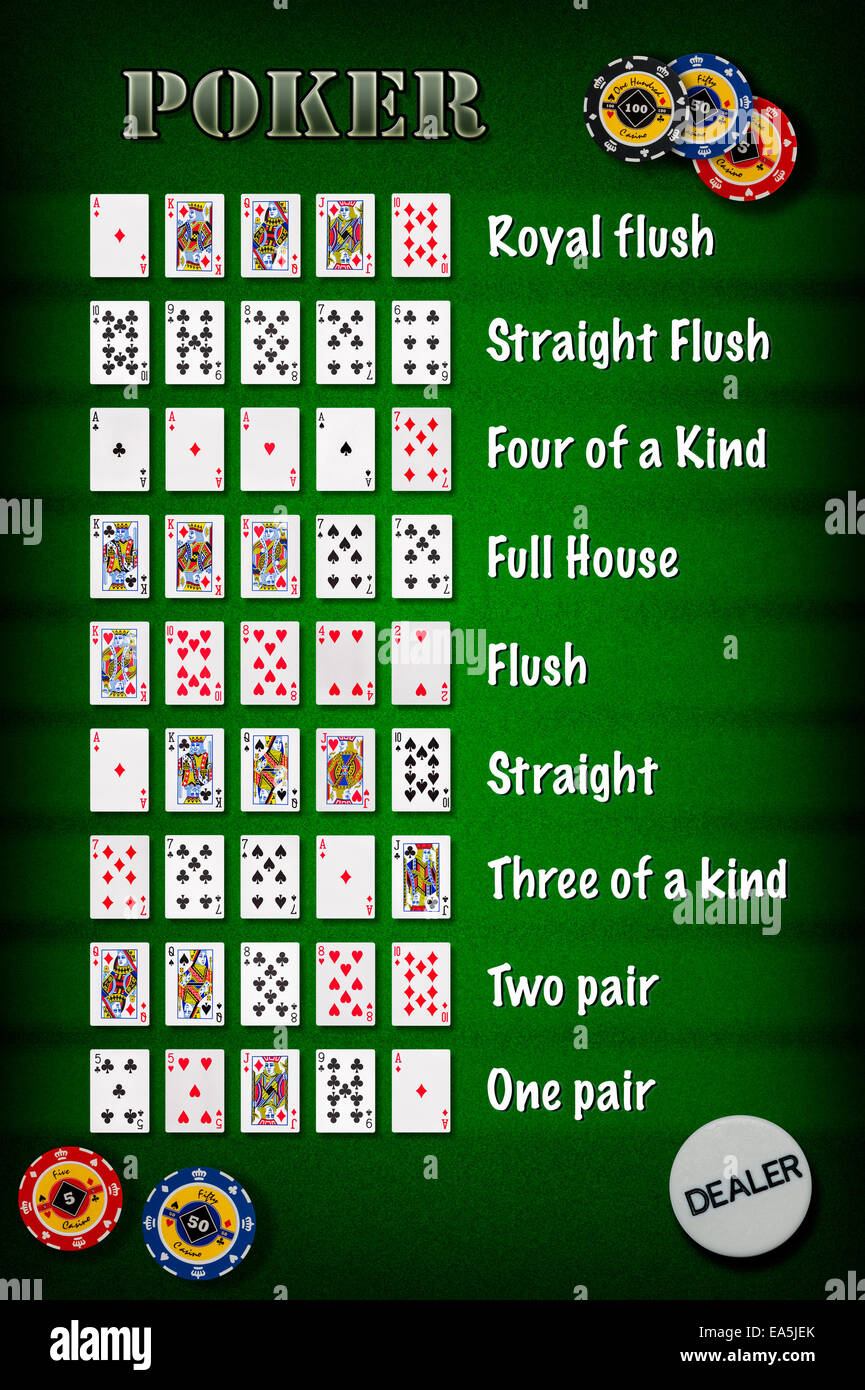
In poker, money bets must have a positive expected value to be called voluntary. Players place money bets for a variety of strategic reasons. Although the outcome of a poker hand is a matter of chance, the player’s long-term expectations are based on his or her actions, game theory, and psychology. Nonetheless, it is important to understand the psychological aspects of poker before you play it. Let’s begin with some definitions of poker hands.
Five-card draw
If you’re a new poker player, you’ve probably heard about Five-card draw. However, you may not be familiar with the game. It was first played at the World Series of Poker, and is one of the most popular poker variants. As a beginner, you can learn the basics of five-card draw poker and win big on your first hands. Read on to learn how this poker variant works. Here are the rules:
Unlike other community card games, five-card draw poker has few rules and strategies. The game is played through two rounds of betting followed by a draw. If the player has a hand of five cards, the highest-ranked card is considered the winning hand. The next highest-ranking card is considered the winning hand, and the lowest-ranking card is discarded. When a player’s hand contains only one pair, all but the ace, the hand ends in a tie.
Five-card stud
The game of Five-card stud poker has a rich history. It first became popular in the 1920s and 1930s, and by 1950, it accounted for two-thirds of high-stakes games in the United States. Players are dealt two hole cards, three face-up cards, and one final face-down card. In the end, the player with the best five-card hand wins. Five-card stud poker can be played in any number of ways, and the player who begins each betting round will begin the next one.
While playing 5 Card stud, players must always remember that they only have five cards. Therefore, a suited ace or broadway card is an excellent starting hand. Other good starting hands include non-suited aces, but smaller suited connectors don’t provide much power. However, it’s important to remember that a strong pair is worth more than a low pair. It’s also important to be wary of the position of your opponents. If the player next to you has a pair, be sure to check on it before betting. If it’s a weak straight, then you’ll want to fold.
Straight flush
A Straight flush is one of the highest hands possible in poker. It is a hand where all five cards are of the same suit and in order. If you have a straight flush, you have a higher chance of winning a pot than with other hands. This hand is the second most lucky in poker after a royal flush. This article will look at how to get a straight flush in poker. Let’s get started.
A straight flush in poker is considered the highest hand possible in high poker, but not in low games. Essentially, you must have at least five consecutive cards in the same suit, from Ace to King. You also have the possibility to get a low straight flush. The lowest straight flush is a 5-4-3-A. The highest possible straight flush is a straight from king to queen, while the lowest is a 4,3,2,4.
Royal flush
A Royal flush is a winning hand in poker. It is the strongest hand in poker, and is better than a straight flush, four of a kind, or three of a kind. However, a royal flush is not always the best hand to have, as there are other good poker hands. Let’s take a look at the different types of flush hands, and how they differ from each other. These hand rankings are based on a number of factors.
Statistically, the Royal Flush is the easiest hand to obtain, although the odds are quite low. Most poker hands don’t make it to the river, and many fold pre-flop that would have made a Royal flush. It doesn’t work like the one-in-X rule; in fact, the probability of a Royal flush is less than that of a straight flush. However, it is still possible to obtain a royal flush, and the odds are better than the odds of a straight flush.